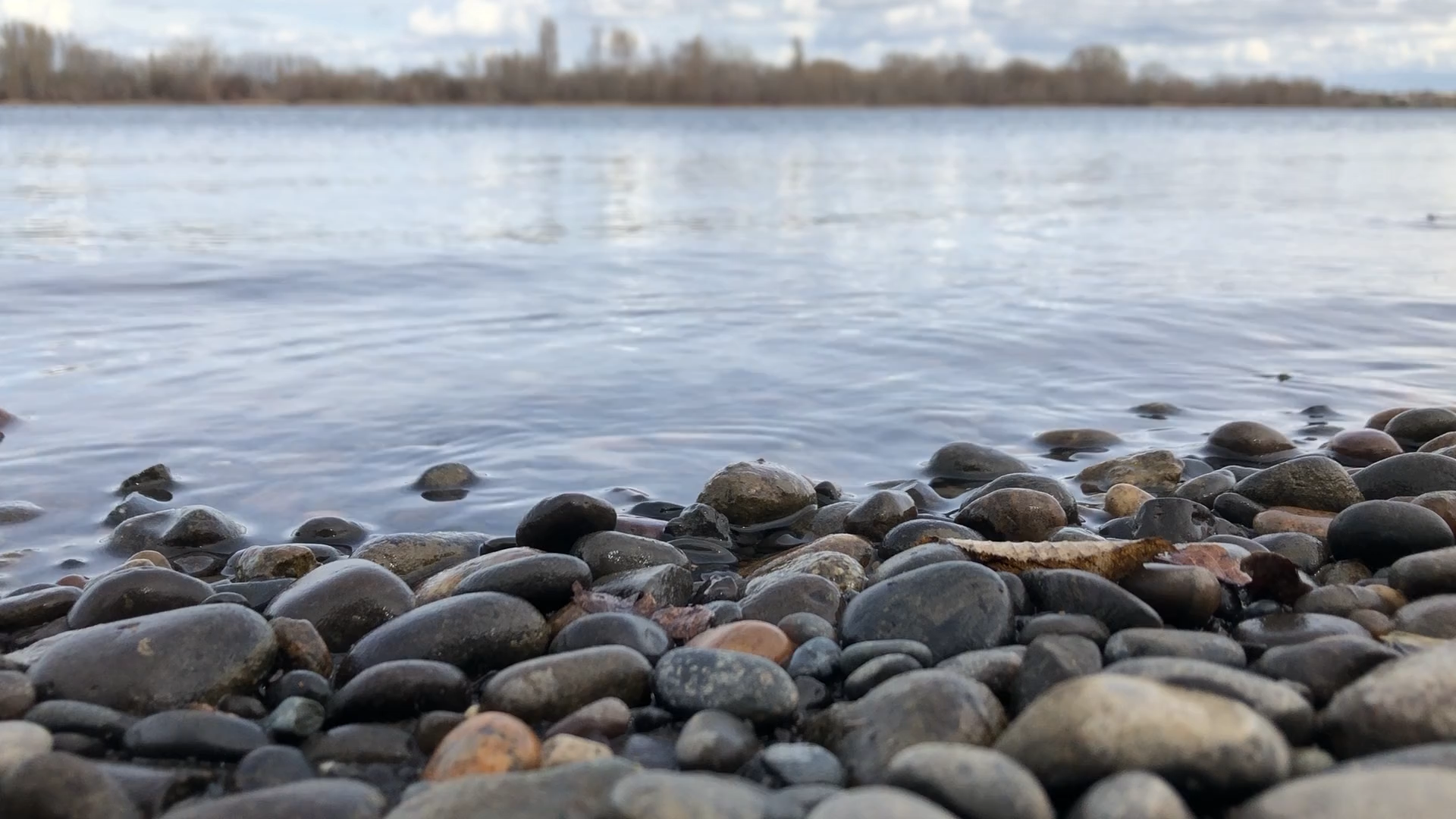Continuing with the theme of destinations ripe for exploration, today we’ll discuss the Painted Hills of north-central Oregon. As the summer comes to a close and state restrictions continue to ease, people are squeezing in last-minute trips abound. Located northeast of Bend, the visually stunning mountains are a major landmark in the state. They are part of the John Day Fossil Beds National Monument. The area is a hotspot for archaeologists, a veritable gold mine of animal fossils. Early ancestors of the horse, camel, and rhinoceros – have been found in the Painted Hills.
Widely considered one of the “Seven Wonders of Oregon,” these rolling hills are a visual marvel. Blending hues of vibrant reds, oranges, yellows, and whites converge to create a living painting. The park essentially named itself, as the hills resemble an artist’s canvas. The stark contrast of color against the backdrop of a blue blue sky is unforgettable.
Geology
The vibrant shades of red and orange in the soil has an incredible history dating back some 35 million years. The area was once vast floodplain, draining the waters of an ancient river over tremendous stretches of land. The march of time and shifting climates have caused each layer of the hills to take on a different shade. Reds from periods in which the region had a more tropical biome, and yellows/oranges from periods of much drier air. In this way, the hills have remained an important site for geologists seeking to further their understanding of the region.
Sustainability
In recent years, the Painted Hills have begun to attract more attention from travelers and tourists across the country. This rise in popularity can largely be attributed to the region’s growing popularity among photographers and on social media sites like Instagram. Unfortunately, the rise in the park’s popularity also comes with its own unique challenges, which the park is facing for the first time.
In 2015 alone, the annual number of visitors at the Painted Hills rose from 46,000 to nearly 75,000! This much foot traffic means that those who wander off-trail can do long-lasting damage to the sensitive layers of soil. If you plan to travel to the Painted Hills, be a responsible eco-tourist and stay on the clearly marked footpaths. Take a spare plastic bag with you on any hikes, not only for your own trash, but any litter you may find along trails. Help preserve this hidden gem of the Pacific Northwest for future generations!
Road Trip!
As one of the lesser known natural attractions in our region of the country, the Painted Hills have long-since held a special place in the hearts of travelers seeking the countless awe-inspiring natural wonders of North America. If taking a trip to the hills, check out the other nearby attractions of the John Day Fossil Beds: Sheep Rock and the Clarno Formation. Each unique in their own right and offering a slice of ancient history, they are more than worth the attention. Most importantly, remember to be a responsible traveler and do your part to help maintain these natural wonders so that future generations can enjoy them as we do!



